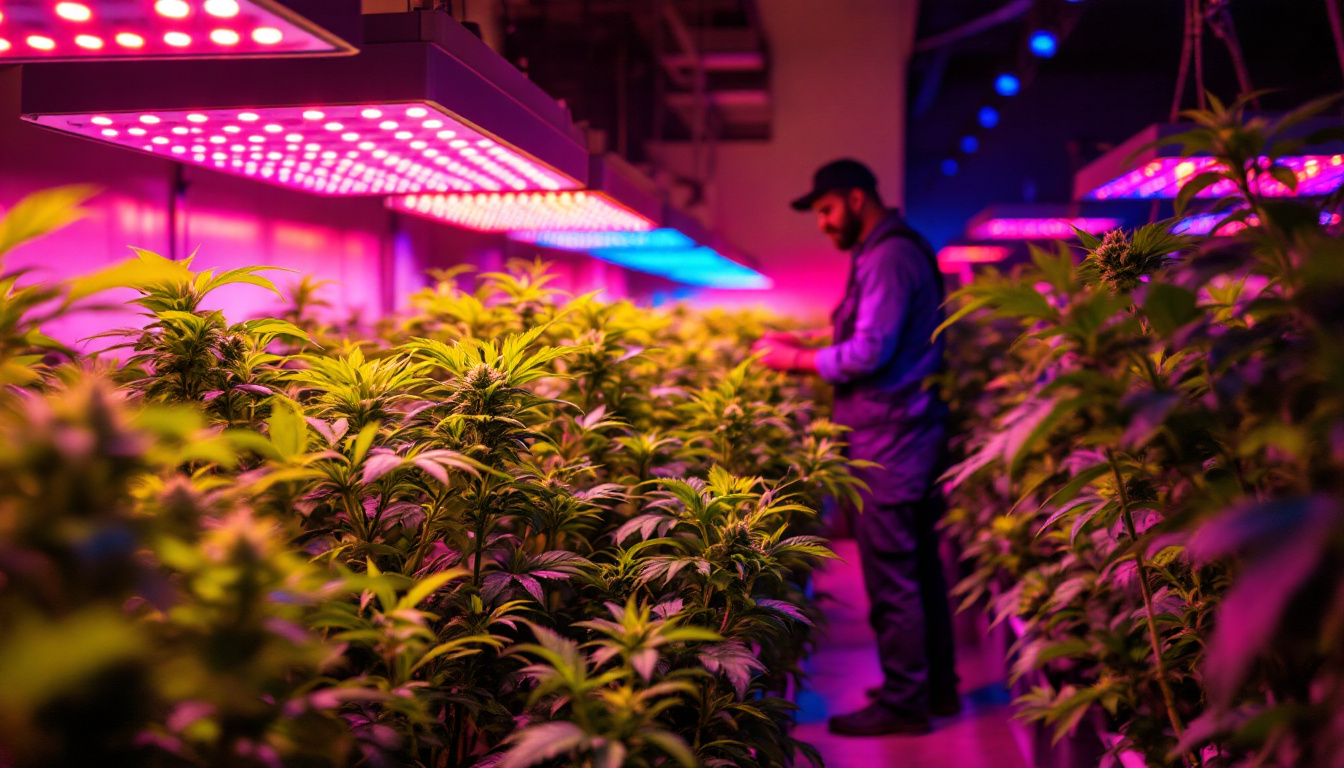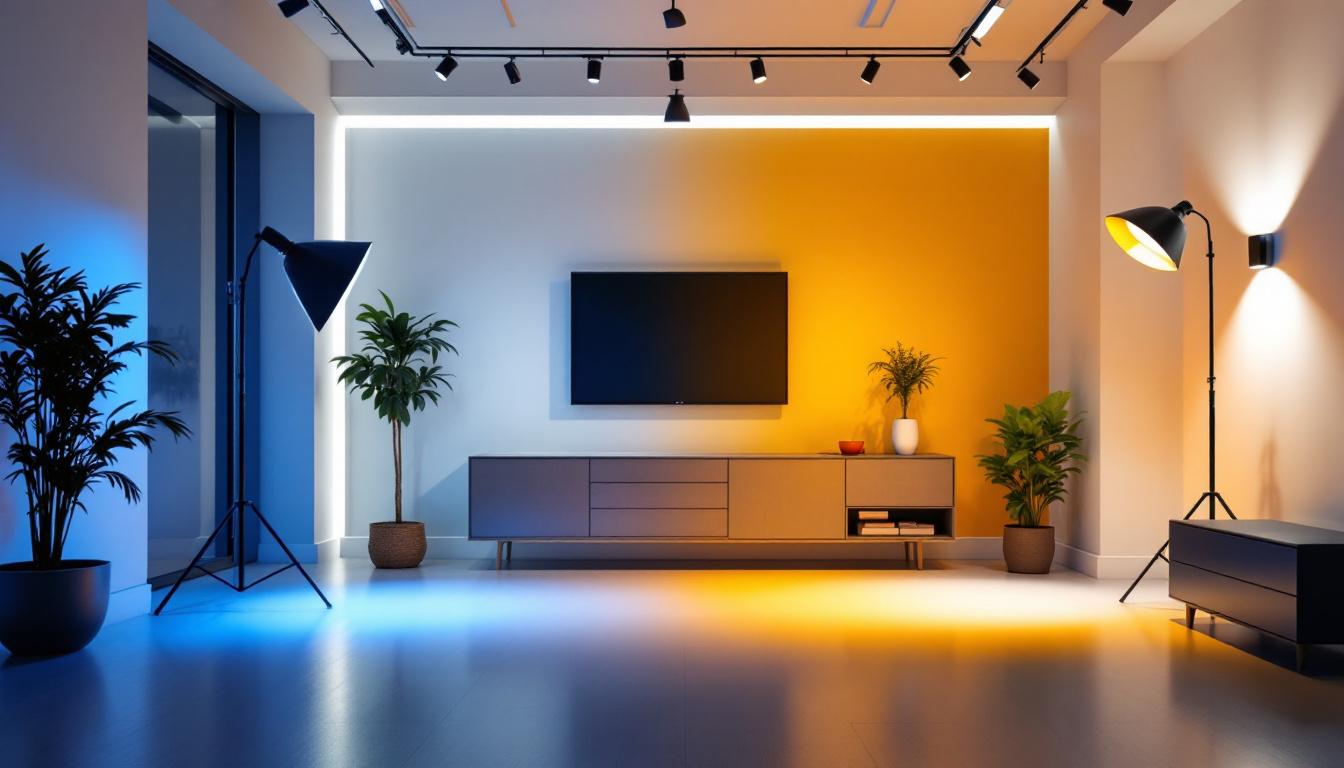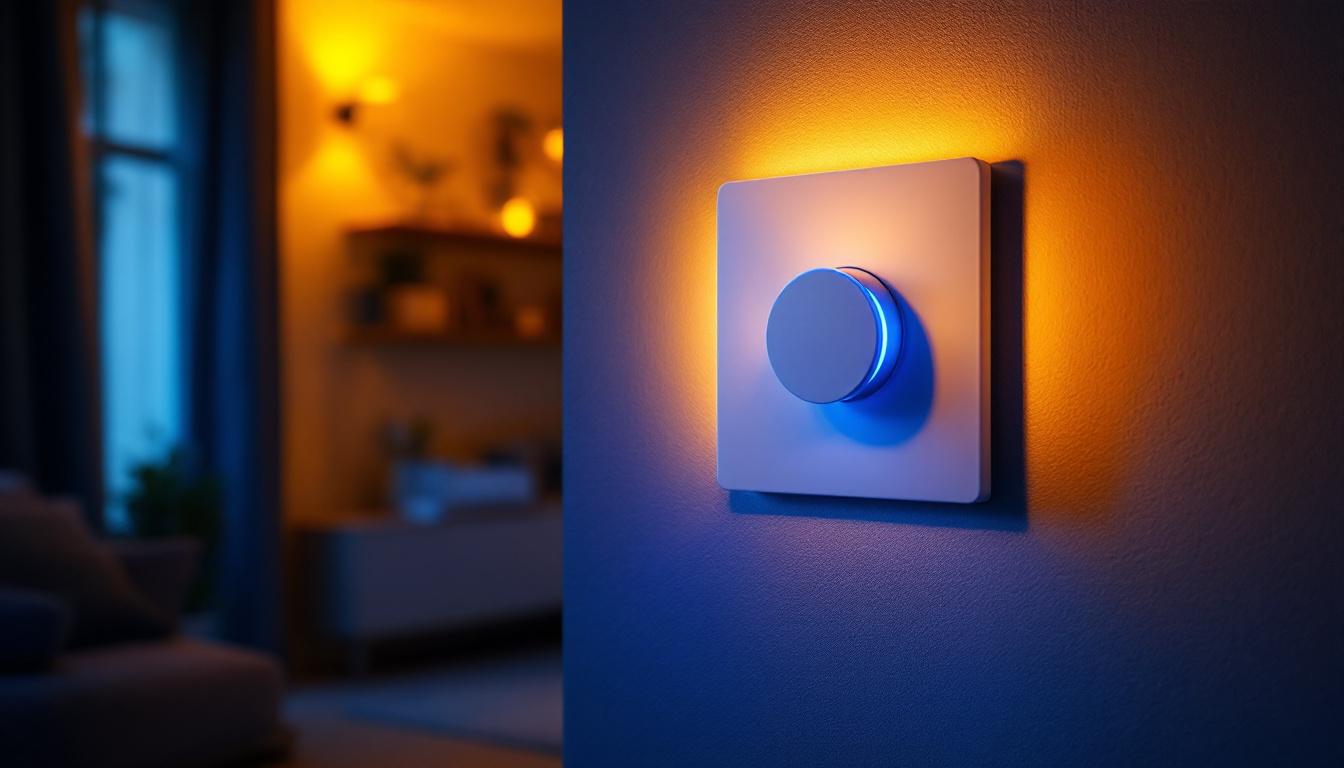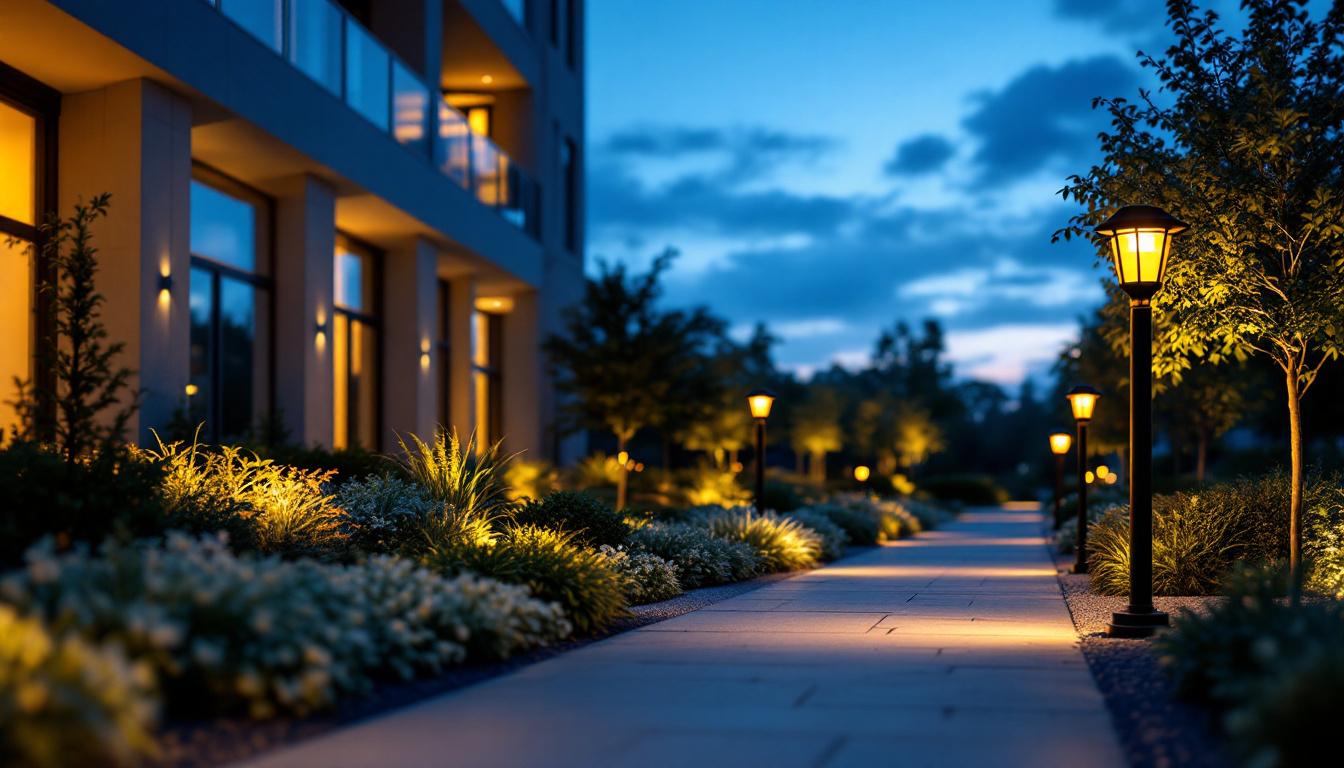
As the demand for efficient and sustainable lighting solutions continues to rise, LED lights have emerged as a popular choice for grow operations. However, lighting contractors must navigate a range of challenges to ensure optimal performance and energy efficiency. This guide outlines common mistakes to avoid when implementing LED lighting systems in grow environments, helping contractors deliver superior results for their clients.
Before diving into the pitfalls to avoid, it is essential to grasp the fundamentals of LED grow lights. These lights are designed to emit specific wavelengths of light that plants need for photosynthesis. Unlike traditional lighting options, LED technology allows for targeted light delivery, enhancing plant growth while minimizing energy consumption. This efficiency not only benefits the plants but also contributes to lower electricity bills, making LED grow lights a cost-effective choice for both hobbyists and commercial growers alike.
LED grow lights are available in various configurations, including full-spectrum lights, which provide a balanced range of wavelengths, and specialized lights that focus on particular growth stages. Understanding these options is crucial for contractors to recommend the best solutions for their clients. Additionally, the compact size and versatility of LED lights make them suitable for a range of growing environments, from small indoor setups to expansive greenhouse operations, allowing growers to optimize their space effectively.
When selecting LED grow lights, it is important to consider the various types available. Broadly, they can be categorized into three main types:
When advising clients on LED grow lights, contractors should emphasize key features that impact performance:
Moreover, the design of the LED grow light can also play a significant role in its effectiveness. Features such as adjustable light intensity and customizable spectrums allow growers to fine-tune their lighting setups according to the specific needs of their plants at different growth stages. This adaptability not only enhances plant health but also maximizes the overall yield, making careful selection of LED grow lights a key factor in successful cultivation.
Even seasoned lighting contractors can fall prey to common mistakes when working with LED grow lights. Recognizing these pitfalls can help ensure successful installations and satisfied clients.
A frequent mistake is underestimating the light requirements of specific plants. Each species has unique needs regarding light intensity and duration. Failing to account for these requirements can lead to poor growth and disappointing yields.
Contractors should conduct thorough research on the plants being cultivated and recommend lighting solutions that meet their specific needs. This includes understanding the light intensity (measured in PPFD – Photosynthetic Photon Flux Density) required at different growth stages. For instance, seedlings may thrive under lower light levels, while flowering plants often require significantly higher intensities to promote robust bud development. By tailoring the lighting strategy to the life cycle of the plants, contractors can help ensure vibrant growth and maximize harvest potential.
Another common error is neglecting the coverage area of the LED lights. Inadequate coverage can result in uneven light distribution, leading to some plants receiving too much light while others receive too little. This can create imbalances in growth and health.
Contractors should carefully calculate the number of fixtures needed based on the size of the grow area and the light output of the selected LEDs. A well-planned layout will ensure that all plants receive adequate light for optimal growth. Furthermore, it’s essential to consider the height at which the lights are mounted, as this can significantly affect the light’s effectiveness. Adjusting the height of the fixtures can help achieve a more uniform light spread, which is crucial for preventing leggy growth and ensuring that all plants develop evenly.
LED lights are celebrated for their energy efficiency, but some contractors may overlook this aspect during installation. It is essential to choose lights that not only meet the immediate needs of the plants but also provide long-term energy savings.
Contractors should consider the energy consumption of the LED lights and how they align with the client’s budget. Additionally, educating clients about the potential savings on electricity bills can enhance the value of the installation. It’s also worth noting that energy-efficient systems often have a longer lifespan, which means fewer replacements and lower maintenance costs over time. By investing in quality, energy-efficient lighting solutions, contractors can not only improve plant health but also contribute to a more sustainable growing environment, aligning with the growing trend of eco-conscious gardening practices.
To maximize the effectiveness of LED grow lights, contractors should adhere to best practices during the installation process. These practices not only enhance plant growth but also improve client satisfaction.
Before installation, a comprehensive site assessment is crucial. This assessment should include evaluating the existing grow environment, including factors such as temperature, humidity, and ventilation. Understanding these conditions will inform the selection of appropriate LED lights and their placement.
Additionally, assessing the electrical infrastructure is vital to ensure that the system can support the power requirements of the LED lights without overloading circuits.
Incorporating adjustable fixtures can significantly enhance the flexibility of the lighting system. Adjustable lights allow for changes in height and angle, accommodating plants as they grow and ensuring optimal light exposure throughout their life cycle.
Contractors should recommend fixtures that offer this adjustability, as it can lead to better growth outcomes and a more efficient use of resources.
Establishing a proper lighting schedule is essential for plant health. Different growth stages require varying light durations and intensities. For instance, seedlings may thrive with 16-18 hours of light per day, while flowering plants may benefit from a reduction to 12 hours.
Contractors should educate clients on the importance of maintaining a consistent lighting schedule and consider integrating timers or smart lighting systems to automate this process.
Proper maintenance of LED grow lights is critical to ensure their longevity and effectiveness. Contractors should provide clients with guidance on how to care for their lighting systems.
Dust and debris can accumulate on LED fixtures, reducing their efficiency and light output. Regular cleaning is essential to maintain optimal performance. Contractors should recommend a cleaning schedule and provide instructions on how to safely clean the fixtures without damaging them.
Using a soft cloth and mild cleaning solution can help keep the lights in top condition. Additionally, ensuring that the surrounding area is kept clean will minimize the need for frequent cleaning of the fixtures themselves.
Encouraging clients to monitor the performance of their LED grow lights can help identify issues early. This includes checking for any signs of flickering, dimming, or color shifts in the light output. Such changes may indicate a need for maintenance or replacement.
Contractors should advise clients on how to track these performance indicators and when to seek professional assistance if issues arise.
As LED technology continues to evolve, staying informed about the latest advancements is crucial. Contractors should regularly assess whether their clients’ systems could benefit from upgrades, such as newer fixtures with improved energy efficiency or enhanced light spectrums.
Discussing potential upgrades with clients can not only improve their grow operations but also strengthen the contractor-client relationship, showcasing the contractor’s commitment to providing the best possible solutions.
Implementing LED grow lights in horticultural settings presents a unique set of challenges and opportunities for lighting contractors. By understanding the common mistakes to avoid and adhering to best practices, contractors can ensure successful installations that meet the specific needs of their clients.
From conducting thorough site assessments to maintaining the lighting systems, every step plays a crucial role in achieving optimal plant growth and energy efficiency. As the industry continues to evolve, staying informed and adaptable will be key to thriving in the competitive landscape of LED grow lighting.
Ultimately, by avoiding these pitfalls and embracing best practices, lighting contractors can enhance their reputation and deliver exceptional results for their clients, paving the way for a sustainable future in horticultural lighting.
Ready to elevate your lighting installations with the best LED grow lights on the market? Look no further than LumenWholesale, where we provide contractors with the highest quality, spec-grade lighting products at unbeatable wholesale prices. Say goodbye to local distributor markups and hello to top-tier lighting solutions that meet the highest industry standards. With free shipping on bulk orders, you can stock up on reliable, high-performance lighting for all your projects without any hidden fees. Don’t compromise on quality or value—visit LumenWholesale today and experience the ultimate in affordability and convenience for your horticultural lighting needs.

Discover the key differences between lumens and foot candles in this comprehensive guide.

Discover how the dimmer LED switch is revolutionizing the lighting industry with its energy efficiency, customizable ambiance, and extended bulb lifespan.

Discover the essential guide for lighting contractors on exterior bollard lights.

Discover the essential factors in selecting top-notch lighting contractors with our comprehensive guide, “Light 4S.” Learn how to evaluate expertise, reliability, and innovation to ensure your projects shine bright..